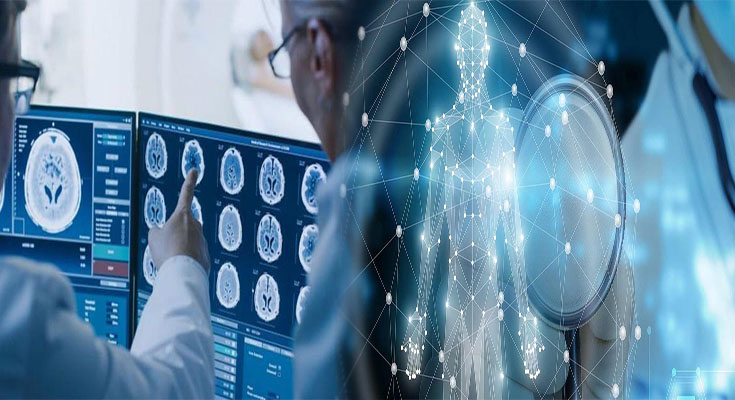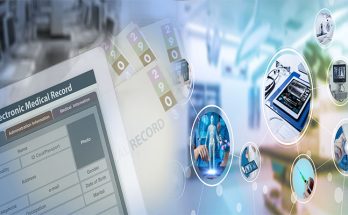Medical imaging plays a crucial role in the diagnosis and treatment of various diseases and conditions. As technology continues to advance, so do the algorithms used in medical imaging, leading to significant improvements in diagnostic accuracy. In this article, we will explore the advancements in medical imaging algorithms that have revolutionized the field, allowing for more precise and reliable diagnoses.
1. Artificial Intelligence and Deep Learning
Artificial intelligence (AI) and deep learning have emerged as powerful tools in medical imaging. These algorithms can analyze vast amounts of imaging data and learn patterns to make accurate diagnoses. AI algorithms can recognize subtle abnormalities in medical images that may be missed by even the most experienced human radiologists. By continuously learning from new cases and updates, AI algorithms improve over time, leading to enhanced diagnostic accuracy.
2. Computer-Aided Detection and Diagnosis
Computer-aided detection (CAD) and diagnosis systems have become integral in medical imaging. CAD algorithms can analyze medical images and highlight potential areas of concern, such as tumors, lesions, or abnormalities. These algorithms act as a second pair of eyes for radiologists, helping them identify potential issues that may have been overlooked. CAD systems can significantly improve the accuracy and speed of diagnoses, especially for conditions that are difficult to detect or diagnose visually.
3. Quantitative Imaging Analysis
Advancements in medical imaging algorithms have led to the development of quantitative imaging analysis techniques. These algorithms can extract precise measurements and quantitative data from medical images, providing valuable information for diagnosing and monitoring diseases. For example, algorithms can measure tumor size, track changes in shape or density, and calculate blood flow or tissue characteristics. The quantitative data obtained from these algorithms can aid in early detection, treatment planning, and monitoring of disease progression.
4. Image Enhancement and Reconstruction
Medical imaging algorithms have also made significant progress in image enhancement and reconstruction techniques. These algorithms can improve the quality and resolution of low-quality or degraded medical images, enabling radiologists to visualize details with greater clarity. Image enhancement algorithms can reduce noise, sharpen edges, and enhance contrast, leading to more precise diagnoses. Additionally, reconstruction algorithms can generate high-quality 3D images from 2D scans, providing a more comprehensive view of the anatomy and aiding in accurate diagnoses.
5. Multi-Modality Fusion
With the advent of multi-modality imaging, algorithms have been developed to fuse and integrate data from various imaging modalities. By combining information from different imaging techniques such as MRI, CT, PET, and ultrasound, these algorithms provide a more comprehensive and accurate assessment of diseases and conditions. Multi-modality fusion algorithms can highlight complementary information from multiple images, improving the diagnostic accuracy and providing a more thorough understanding of the patient’s condition.
6. Real-Time Imaging and Decision Support
Real-time imaging algorithms enable rapid image acquisition and processing, allowing for immediate evaluation and informed decision-making. For time-critical situations such as emergency cases or surgeries, real-time imaging algorithms can provide immediate feedback, allowing physicians to take prompt action. Additionally, decision support algorithms can analyze medical images in real-time, providing suggestions and recommendations to clinicians, which can help improve diagnostic accuracy and treatment planning.
Advancements in medical imaging algorithms, driven by technologies such as artificial intelligence, deep learning, and quantitative analysis, have led to significant improvements in diagnostic accuracy. These algorithms provide more precise measurements, enhance image quality, detect subtle abnormalities, integrate information from multiple imaging modalities, and support real-time decision-making. As these algorithms continue to evolve and mature, they have the potential to revolutionize the practice of medical imaging, improving patient outcomes and facilitating more personalized and effective treatment plans.





